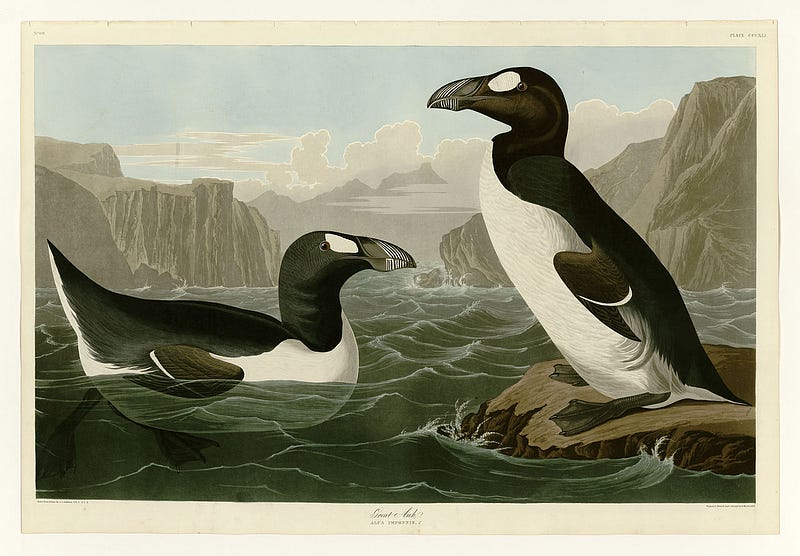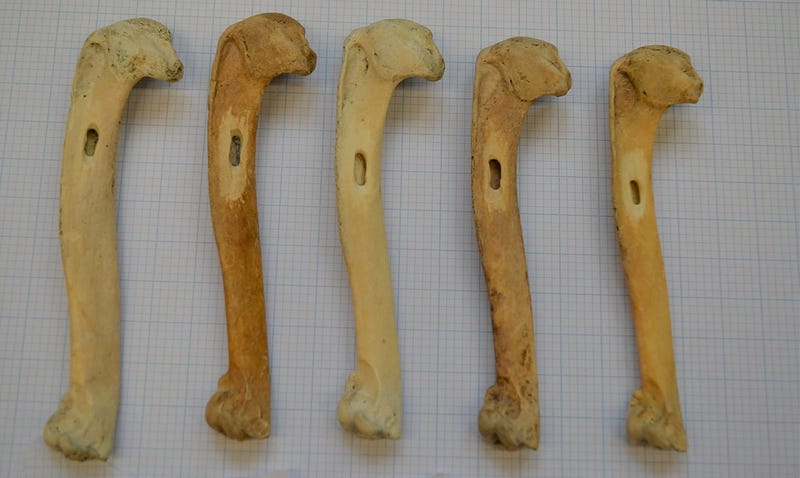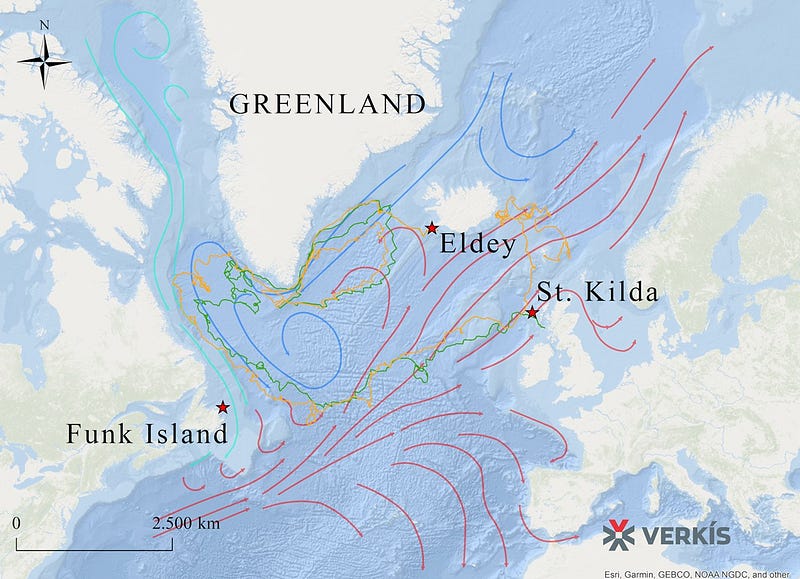The Extinction of the Great Auk: A Cautionary Tale
Written on
The extinction of the great auk, Pinguinus impennis, a once-prevalent bird of the North Atlantic, serves as a stark reminder of the impact of human exploitation on wildlife. Millions of these distinctive black-and-white seabirds once inhabited areas from the northeastern U.S. to parts of Europe, yet by 1844, they had disappeared entirely. How did this happen?

The great auk was the largest member of the alcid family, which includes birds like razorbills and puffins. While its relatives could fly, the great auk was flightless, adept at diving to hunt for fish and evade predators. However, the arrival of humans marked the beginning of its decline. Early hunting for their meat and eggs intensified after European sailors discovered large colonies on Funk Island in the 1500s. The demand for their feathers, used for bedding, further fueled this relentless hunting.
As a result, by 1800, the great auk population dwindled to a mere handful, confined to a solitary breeding ground off Iceland. Despite no longer being hunted for food, their feathers and eggs remained highly sought after by collectors. Ultimately, the last two great auks were killed in 1844 by fishermen, marking the end of the species. The question arises: Were the great auks already vulnerable before intensive hunting began, or was human greed the sole catalyst for their extinction?
Lead author Jessica Thomas, a postdoctoral researcher at Swansea University, emphasized the uncertainty surrounding the role of hunting versus other environmental factors in this rapid extinction.
Insights into the Great Auk's Decline
To investigate the reasons behind the great auk's extinction, Dr. Thomas and her team analyzed ancient DNA alongside ocean current data and population viability assessments. They extracted genetic material from museum specimens across the bird's former range, dating back as far as 15,000 years.

Their findings revealed that the great auk population showed no signs of decline before the onset of intensive hunting. They discovered significant genetic diversity, indicating a healthy population structure that could withstand environmental changes. However, the situation changed dramatically as hunting intensified.
Simulations suggested that even a modest harvest rate could lead to extinction within a few centuries, given the species' high demand. The study highlighted that while the great auk appeared to be thriving at the onset of hunting, this rapid exploitation ultimately led to its downfall.
The Mystery of Migration
Despite their inability to fly, great auks managed to cover vast distances, suggesting the existence of various isolated populations. GPS data indicated that ocean currents facilitated movement between breeding sites, allowing for interaction among distant colonies.

Conclusion: Lessons from the Great Auk
Dr. Thomas and her team concluded that while hunting pressure played a critical role in the great auk's extinction, it remains uncertain whether environmental changes also contributed. Co-senior author Thomas Gilbert stressed that their data indicates the species was not inherently at risk before human actions escalated.
This study serves as a poignant reminder of the vulnerability of seabirds, with one-third currently facing extinction. The findings underscore the urgent need for monitoring and sustainable practices to prevent similar fates for other species.
Source:
Jessica E Thomas et al. (2019). Demographic reconstruction from ancient DNA supports rapid extinction of the great auk, eLife, 8:e47509 | doi:10.7554/eLife.47509
Originally published at Forbes on 20 March 2020.